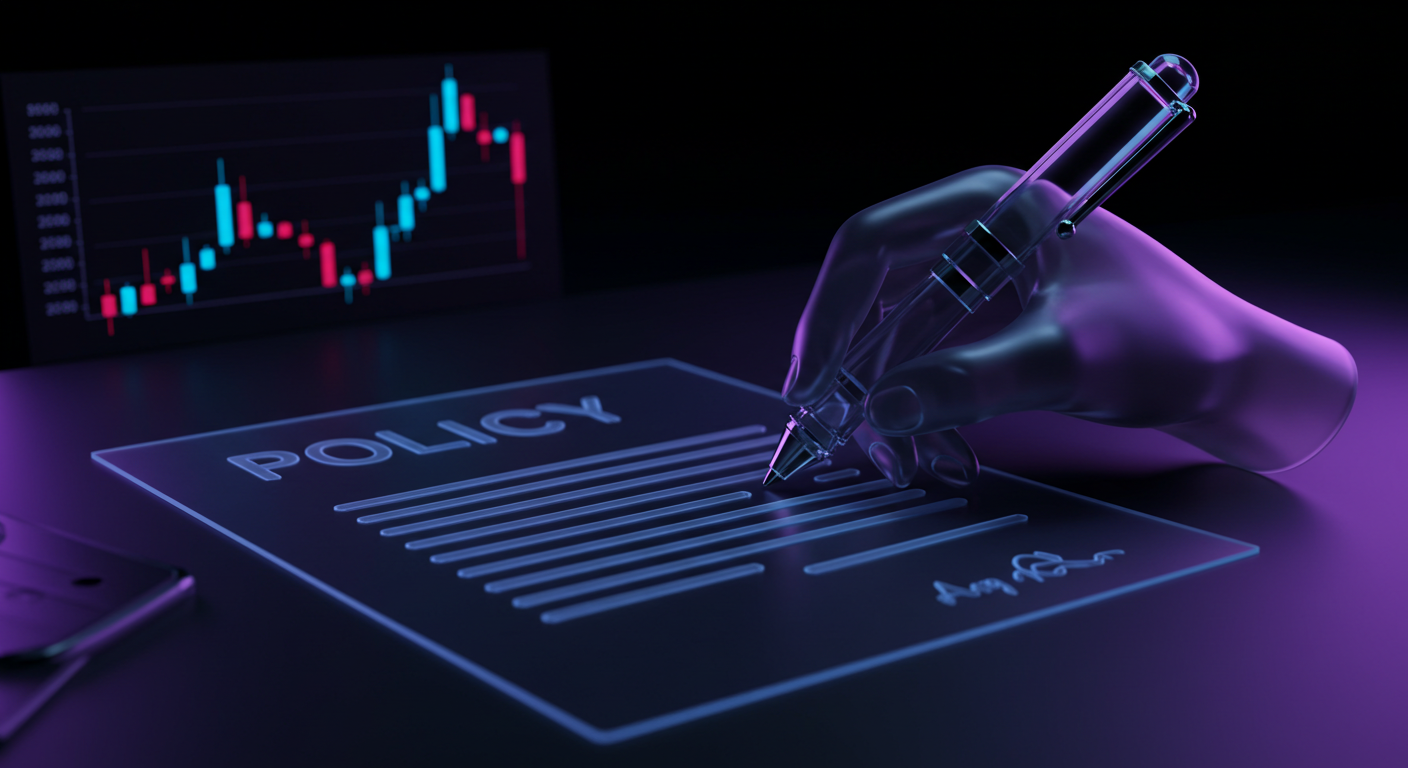
The Bank of Japan (BOJ) may not raise interest rates in 2025 due to ongoing U.S. trade policy issues, as per former BOJ chief economist Seisaku Kameda. He described the BOJ’s May outlook as dovish, with downgraded growth and inflation forecasts attributed to U.S. tariff pressures and weak external demand. Core inflation is projected to peak at 2.2% in FY2025 and then decline to 1.7% in FY2026, falling short of the BOJ’s 2% target.
Kameda noted that an improvement in U.S. tariff policy is needed to support any upward revisions in the BOJ’s upcoming July report. Given the decline in Japanese exports and absent a trade deal with Washington, Kameda suggests a rate hike could occur in January or March 2026, depending on corporate capital spending and wage growth. The BOJ increased rates to 0.5% in January but has since taken a more cautious approach, factoring in Middle East risks and U.S. tariff actions. A Reuters poll indicates most economists also foresee the next rate hike happening in early 2026.
Impact Of Overseas Policies On Japan’s Monetary Decisions
The comments made by Kameda highlight the way overseas consumer and policy patterns can tip domestic monetary decisions in Japan. While Tokyo took the step to raise rates earlier this year, recent official forecasts suggest that there isn’t yet enough strength in global demand to justify another near-term move.
From our end, this paints a picture in which the central bank is being compelled to wait – not because the domestic economy is altogether weak, but because the international backdrop doesn’t offer the kind of support needed for a further increase in rates. The concern around tariffs, particularly from the American side, seems to be tied to an expected slowdown in trade, which typically drags on business investment and, more critically, restrains how much wages can rise.
Core inflation, while remaining above 2% briefly, then drifts lower again, which offers another reason why monetary tightening may pause. That steady drop in projected price growth undercuts the need for aggressive action right away. Indeed, with medium-term inflation expected below target, and growth forecasts being lowered at the same time, the central bank’s cautious tone starts to make more sense.
Future Prospects For Bank Of Japan’s Rate Policy
One key factor that could bring forward a policy shift is business spending. If we begin to see clear momentum in capital expenditure or a broader pick-up in cash earnings, the underlying inflation dynamics could turn more persistent. For now, that hasn’t played out in any convincing way. So the more probable path is that the BOJ holds rates steady across the coming quarters while watching wage talks and export trends closely.
From a trading perspective, interest rate expectations appear well-anchored into next year. Until stronger signs of inflation firm up, volatility in rate-sensitive assets will likely remain tied to foreign developments — particularly out of Washington. We need to pay attention to any noise around trade rules or tariff changes, as these may directly shift the timeline for when policy changes actually happen.
The backdrop remains one of slow warming rather than a sharp pivot, with scheduled updates to official forecasts set to matter only if underlying conditions start to genuinely shift. The timeline floated by Kameda — early 2026 — is not without reason, and we should expect that interpretation to carry weight unless incoming data clearly breaks the current trend.







